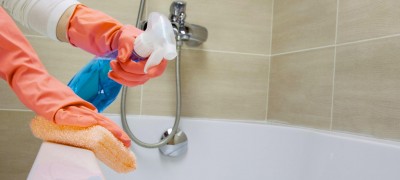How to bleach curtains correctly
The main disadvantage of white tulle is its tendency to appear yellow or gray. And then, no matter how expensive the material is, it only spoils the whole interior. But not all is lost, there are ways to solve the problem, the main thing is to choose the right one. So how do you bleach your curtains at home?
Varieties of tulle
First, let's get acquainted with the material. There are several varieties of it, and the main difference between fabrics is weaving. Therefore, tulle is conditionally subdivided into the following varieties:
- Kiseya.
- Net.
- Veil.
- Organza.
Kiseya or filament curtains appeared relatively recently. The East is considered their homeland, so it is not surprising that such curtains fill the room with a fabulous atmosphere. Cloths are made from both natural and artificial fibers. Most often, there are models made of cotton, polyester, viscose. Threads can be decorated with glass beads, beads, sequins and other elements. This type of tulle does not need to be washed frequently.

The mesh is characterized by a reticular structure (as the name implies), while the cells can be very small or very large. The main disadvantage of such a tulle is the ability to accumulate dust, which means that such curtains are unacceptable for allergy sufferers.
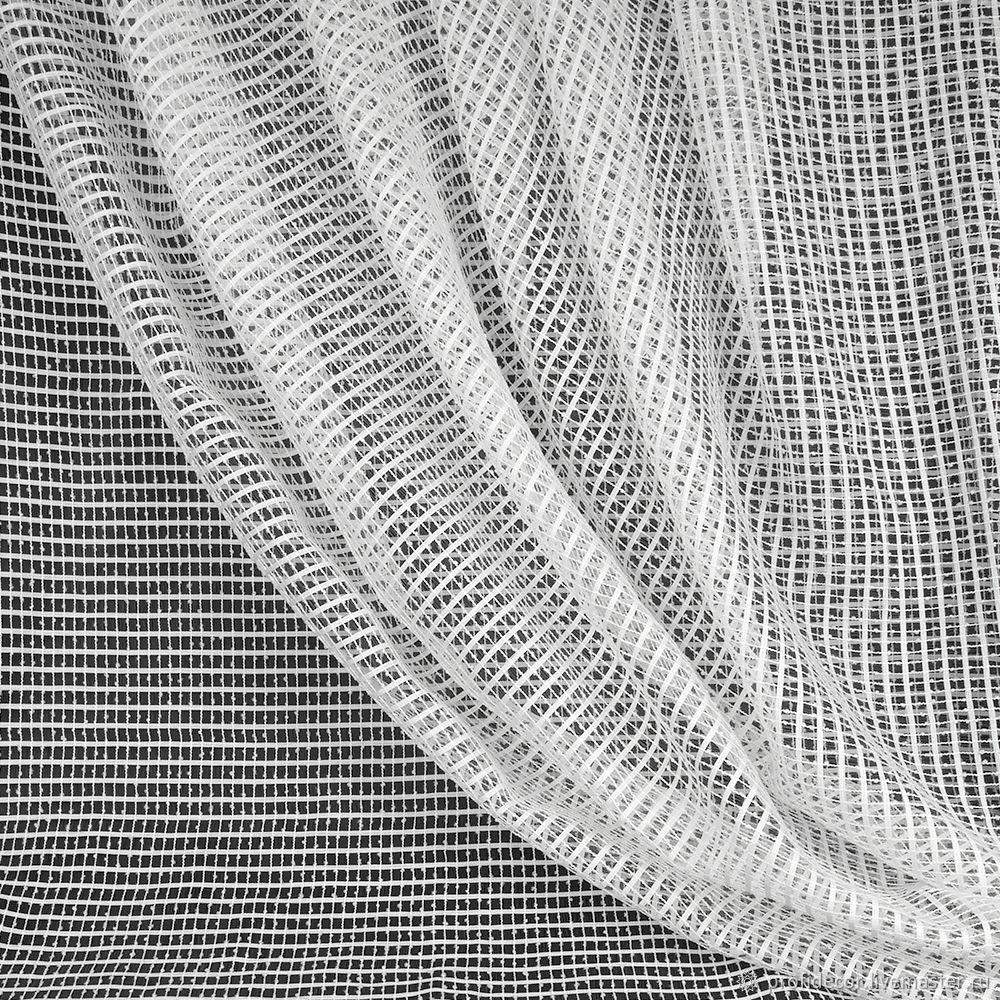
The veil is a translucent fabric that transmits light and air well. A thin veil can be made from silk, cotton, and even woolen threads. Has the ability to repel dust.

Organza is the most popular tulle variety. The fabric is obtained as a result of a special twisting of silk, viscose or synthetic fibers. The fabric turns out to be very light, but at the same time it holds voluminous folds well, lends itself well to complex formation, is distinguished by a long period of operation and the ability to trap the sun's rays.

An important point: the methods of bleaching natural and synthetic fabrics are different, therefore, when choosing a detergent, carefully read the instructions for use. Bleaching with improvised means will also require certain knowledge from you, since some options are applicable exclusively for cotton cloths, and are contraindicated for artificial ones.
Causes of yellowness
Even with very careful use, the snow-white tulle does not stay this way forever. The reasons are simple:
- The settling of dust and grease particles (this is especially typical for kitchen curtains).
- Street soot, exhaust gases (this is important for windows overlooking the roadway with active traffic).
- Continuous washing of curtains without soaking and preliminary "knocking out" of curtains.
- Washing curtains made of artificial fibers at temperatures above 40 degrees.
- Tobacco smoke.
- The sun.

In order to maintain a presentable look of the tulle, you need to properly care for it. What is involved in this? There are two prerequisites:
- Wash the tulle at least once every 3-5 months (depending on the degree of soiling).
- Choose carefully the correct detergent for the fabric and color.

Whitening methods
The vast majority of housewives choose to bleach curtains in the washing machine. This process will require a minimum of physical strength and thought. The main thing is to adhere to simple recommendations:
- If you are bleaching a cotton curtain, you can use more aggressive detergents and bleaches, and wash at high temperatures.
- Synthetic fabrics should be washed only with special powders and detergents, carefully read the instructions on the packaging.
- Before proceeding directly to washing, follow simple steps to get rid of dust: shake out the curtain or go over the surface with a vacuum cleaner with a special nozzle.
- Examine the canvas for particularly dirty areas (stains, streaks). Individual stains can be washed off before placing the tulle in the machine. In addition, the nature of the dirt will help you choose the right detergent (for example, today there are formulations for yellowness or gray plaque, as well as for greasy or stubborn stains).
- Don't neglect soaking, even if you plan to machine wash your curtains. Many people prefer to soak in warm water with the addition of Fairy. This product is especially indispensable for washing kitchen curtains.
- When washing in a washing machine, it is best to add oxygenated bleach.
- To get rid of the unpleasant odor (if any), a conditioner is added when rinsing.

Important: if the tulle is not very dirty, and you just want to freshen it up, just shake out the fabric and turn it in the car at minimum speed. Remember to choose the delicate setting. And for synthetic and very airy fabrics, you need to choose the right programs (silk, wool, handmade, etc.).
Remember that substances that are too aggressive will thin the fabric and will significantly reduce its lifespan, so do not use strong bleaches and stain removers unnecessarily.

Folk remedies
Even folk remedies are harmless only at first glance, so if you doubt the result, first try how this or that substance will work on an inconspicuous area of the curtain.

Ammonia and hydrogen peroxide
The solution will require 7 liters of warm water, 1 tablespoon of ammonia and 2 tablespoons of hydrogen peroxide. All ingredients are mixed and pre-washed tulle is immersed in the composition.

In order to get rid of the yellow plaque, the canvas should be soaked for 20 to 40 minutes. After that, the tulle is rinsed in clean cool water and hung out to dry. This method is popular due to the minimal investment of time and money. And the result, as a rule, exceeds all expectations.

Salt
Another tool that is available in every home, without exception. The main thing is that the salt is table salt, and not iodized.
- First, a solution is prepared at the rate of 1 tablespoon of salt per 1 liter of water. The water temperature should be about 40 degrees.
- After the salt has dissolved, a powder suitable for washing the tulle is added to the basin.
- Now the curtain is immersed in the basin and left for at least two hours.

The canvas must be turned over regularly to get it completely wet.Soak for two hours (at least!), And then rinse and machine wash on a suitable setting.

In the case when there is an old yellow plaque on the canvas or very pronounced, you can soak the curtain in a more saturated saline solution (1 kg of salt per 5-6 liters of water). In this case, the water temperature should not exceed 35-36 degrees, and the soaking time from 1 to 1.5 hours. Such a saline solution will soften any dirt, and after soaking, the water must be drained and rinsed in clean water, after rinsing, wash by hand with the addition of a suitable detergent composition.
Soda
Soda is also an effective remedy in the fight against yellowness and gray bloom. An important condition: for maximum results, a certain procedure should be followed, namely, first, simply soak with powder, then in a soda solution, and then wash in the machine on a delicate mode or by hand.
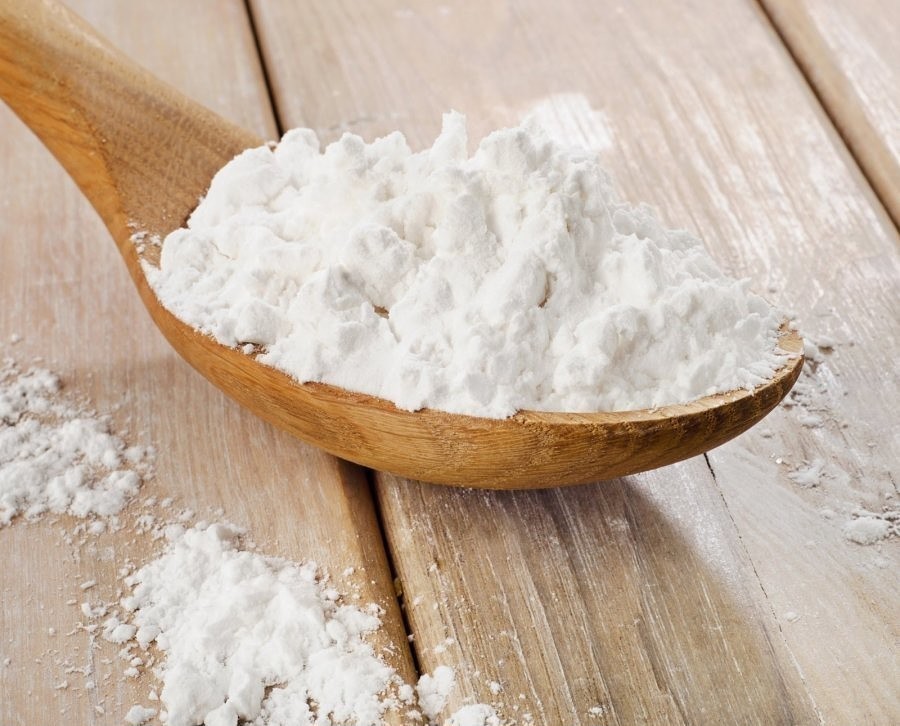
The solution is prepared in the following proportions: for 10 liters of water, 2 tablespoons of soda and 100 grams of powder. If the tulle is not very dirty, then the powder can not be added, and only soda can be limited. And after soaking, just rinse the curtain.

Blue
Another tool, undeservedly forgotten, but guaranteeing a decent result is blue. True, in fairness it is worth noting that after applying blue, the canvas acquires a subtle bluish tint.
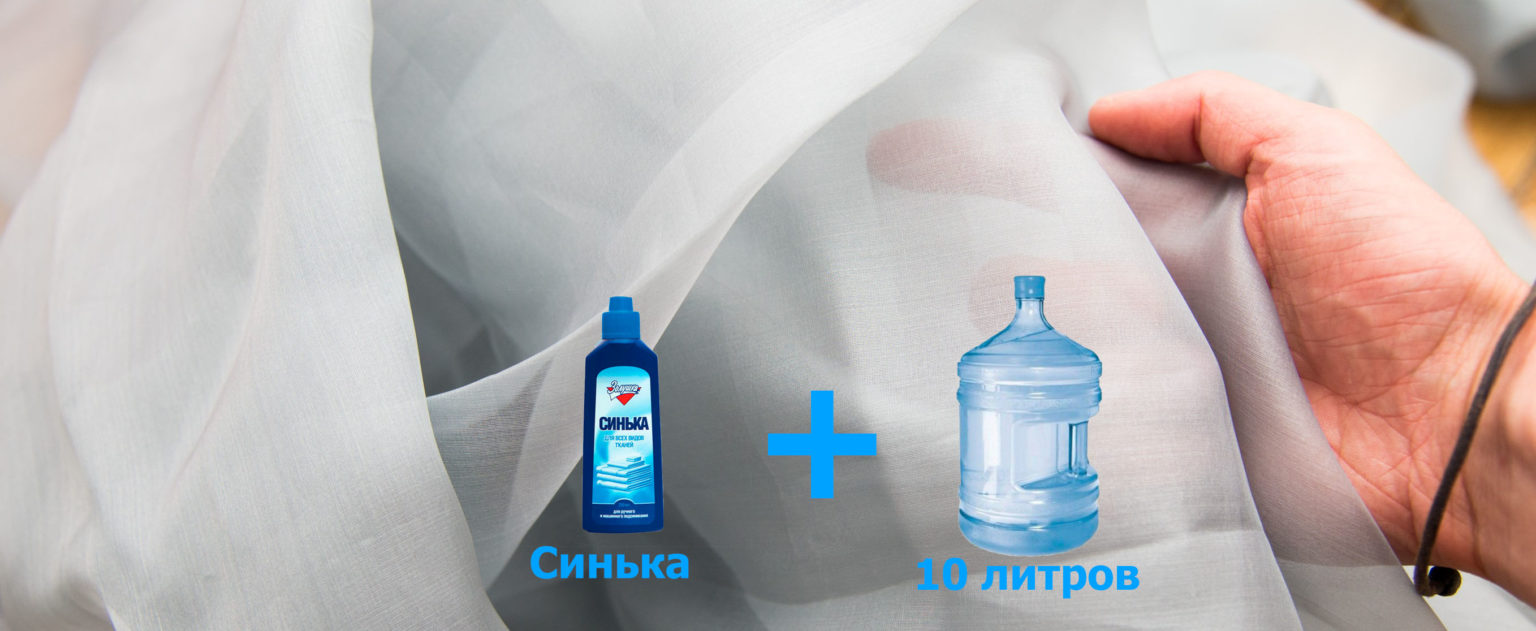
The recipe is very simple: dissolve ½ teaspoon of blue in 10 liters of water. The main thing is that the substance is completely dissolved, without sediment, otherwise stains will remain on the fabric, which will be almost impossible to remove. Tulle is dipped into the solution, left for a few minutes and rinsed. Very often, table vinegar is used along with blue to enhance the result.

Zelenka
No matter how strange it may sound, emerald green also helps to return the yellowed curtains to their original snow-white appearance. The algorithm of actions is as follows:
- Prepare a saline solution at the rate of 2 tablespoons per liter of water.
- Separately prepare a solution of brilliant green: 10-12 drops per glass of water. The main thing is to mix thoroughly so that there is no sediment.
- We combine the saline solution with the brilliant green solution and mix well.
- In the resulting composition, we place the already washed tulle, and then we hang it to dry.
Thanks to the salt, the tulle gains strength and elasticity, and the brilliant green returns the lost whiteness. After bleaching with green paint, a subtle green tint may appear.
Laundry soap
Using laundry soap is probably the easiest way to restore your curtains to their original whiteness. Remember that this method is only applicable to natural fabrics.

It is impossible to bleach nylon curtains with laundry soap, since they lose their original appearance without the possibility of restoration.
- First, we prepare a soap solution, for this, grate 100 grams of 72% soap on a hand grater, pour in a liter of water and heat until a homogeneous soap mass is formed.
- After that, pour water into the basin where the tulle will be soaked, add 150 grams of washing powder, pour the resulting liquid soap and mix well.
- The tulle can now be placed in the water. Soaking time 1-1.5 hours, until the water has cooled completely.
- After soaking in soapy water, the tulle is rinsed in cool water and then washed on a suitable cycle in a washing machine.

Starch
Starch has a whole range of useful properties. For example, thanks to it, the tulle becomes denser and less wrinkled. After using starch, the material stays clean longer, as this substance repels dust. The more lacy the material, the less the degree of starching should be. For an average degree of exposure, 500 grams of starch is dissolved in 10 liters of water, and for milder starch - 250 grams.

Algorithm of actions:
- Dissolve starch in cold water.
- Put on fire, and bring to a boil, stirring constantly. The finished paste should be transparent in color, it is very important not to overexpose the mixture.
- The resulting paste is added to cold water and mixed well so that there are no lumps. For best results, the starch mixture can be strained through several layers of cheesecloth.
- The tulle is dipped in starch water, making sure that the canvas is completely saturated, and then squeezed and hung to dry, having previously straightened it well.
It is very important not to overdry the starched tulle. If this does happen, then before ironing, the cloth is wrapped in a wet sheet to moisten.
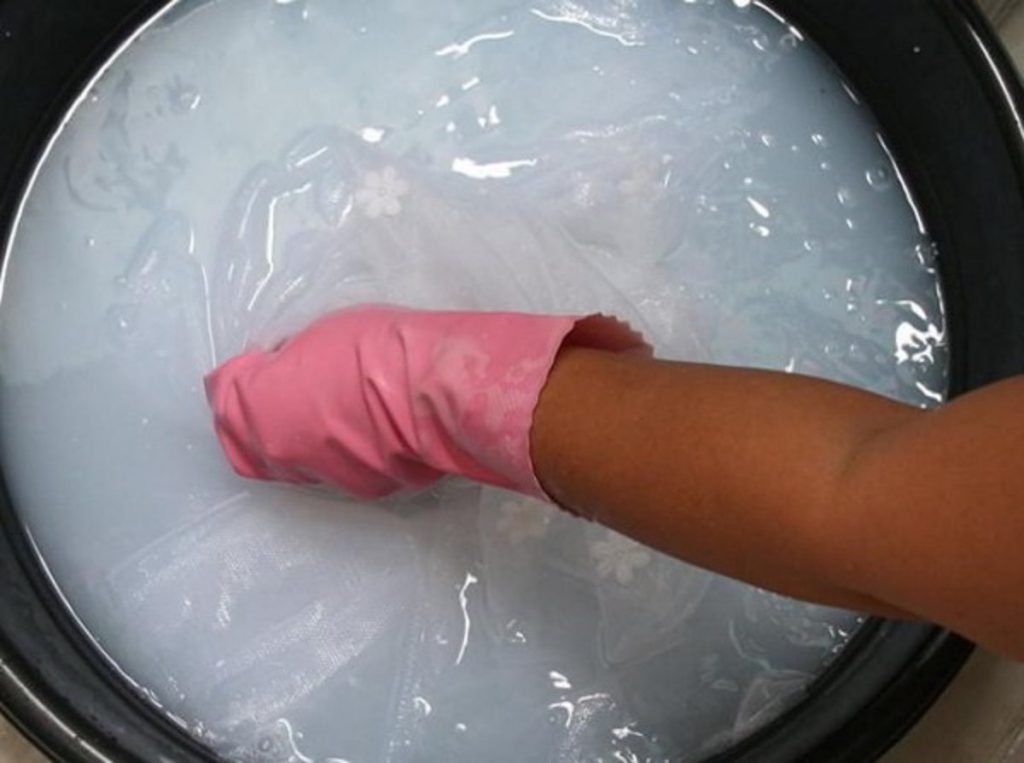
Potassium permanganate
Manganese crystals are poured into a glass of water until a pale pink solution is obtained. Make sure that there are no crystals on the bottom, otherwise they will leave stains on the curtain. After that, the potassium permanganate solution is poured into a basin with warm water, laundry soap is added and the tulle is soaked for 5-6 hours. Then the curtain is rinsed and dried.

The main disadvantage of such whitening is its duration. You will have to spend the whole day whitening, since the curtain in the solution must be constantly turned over.
White
For some, the aforementioned products may seem too complicated to use, and they would prefer to use commercial bleaching products. Well, everyone is free to choose. The main thing, remember, that you can bleach any curtains only with products that do not contain bleach. And the well-known and beloved by many, Whiteness is 95% bleach.

Oxygenated bleaches are available today that gently and effectively deal with yellow and gray stains on white curtains. Strict adherence to the instructions guarantees a good result when whitening both nylon and natural fabrics.

Sooner or later, every housewife is faced with the problem of bleaching curtains. As you can see, the loss of the original color is not at all a reason to give up your favorite tulle. At your service are many folk remedies or industrial formulations that guarantee a decent result.
Video: how to bleach tulle?



